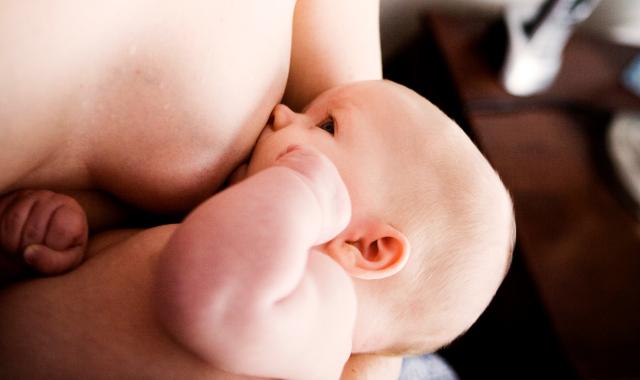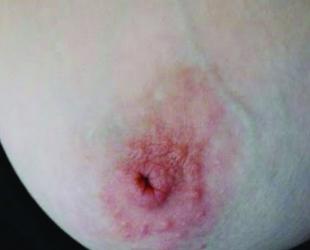Breasts and nipples come in different shapes and sizes.

Breasts can be small or large, oval or round, symmetrical or uneven, full or droopy.
If you’re worried that your breast size or shape might make it difficult for you to breastfeed successfully, be reassured. All these breasts are normal and nearly all mothers can produce enough milk to feed a baby (or babies!).
Truth: Breast size has nothing to do with milk production
Breast size depends on how much fatty tissue you have. The larger the breast, the more fatty tissue and vice versa. It is the amount of glandular (milk producing) tissue in your breast that matters and that is not usually related to the size of your breasts.
The amount of milk stored in breasts varies between women but it is also not related to the overall breast size. Your milk storage volume may even vary between your breasts.
Usually, if you follow your baby’s lead and breastfeed whenever your baby shows that they need a feed, you will make enough milk.
Your milk supply is determined by how much and how often your baby feeds, and not by the size or shape of your breasts.
You may have large breasts and be concerned about how you'll manage with positioning your baby. With support and knowledge about different positions, you can succeed. Read more about breastfeeding with large breasts.
A very tiny proportion of women have hypoplastic breasts which means their milk-making tissue is underdeveloped. This is also known as insufficient glandular tissue, or IGT. A woman with IGT may not be able to produce a full milk supply for her baby, but she can still provide some or most of the breastmilk her baby needs and use donor milk or formula for the rest.
What about nipples?
Nipples also come in all shapes and sizes and can also point in different directions! You may be worried that your nipple shape will affect whether your baby can attach to your breast.
Some nipples are flatter than others and some are inverted or retract inwards.
Be reassured that, perhaps with more help and support, most women with flat or inverted nipples can breastfeed successfully.
© Australian Breastfeeding Association April 2022


